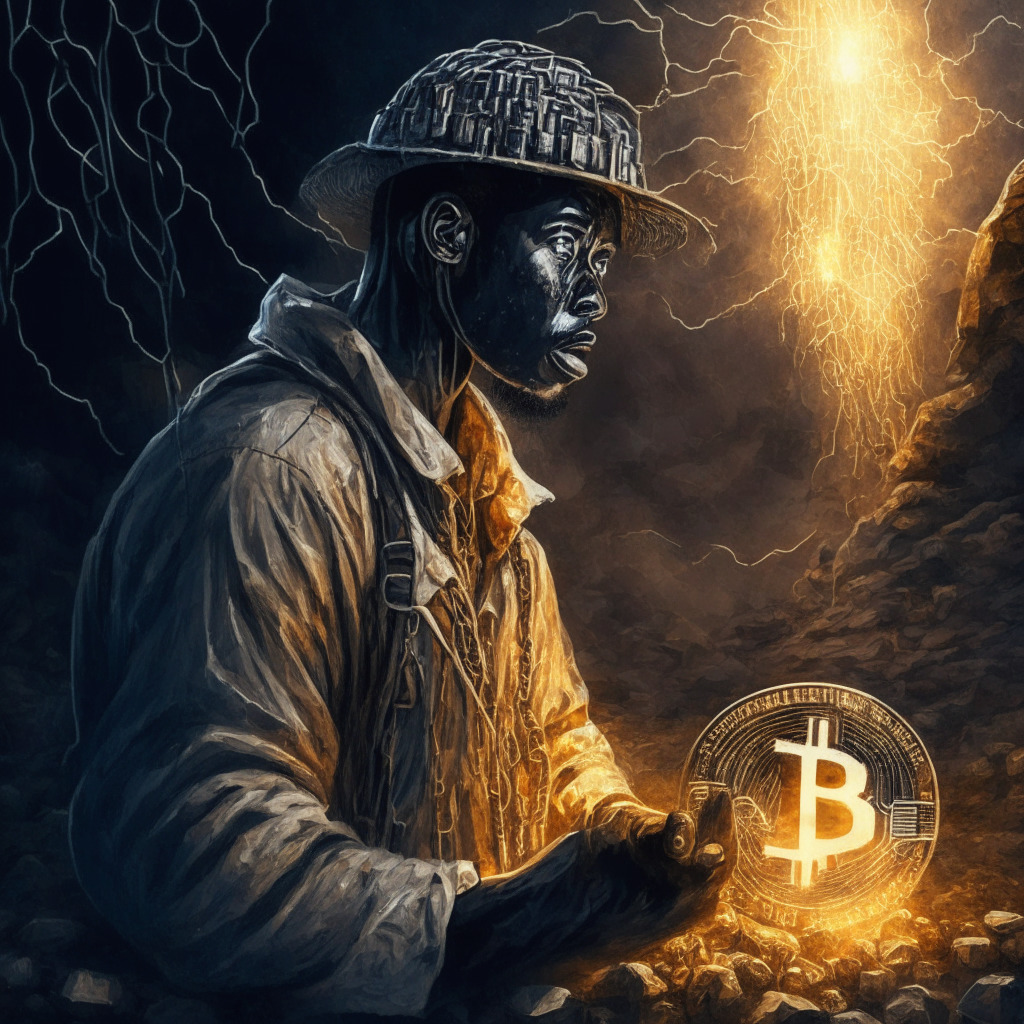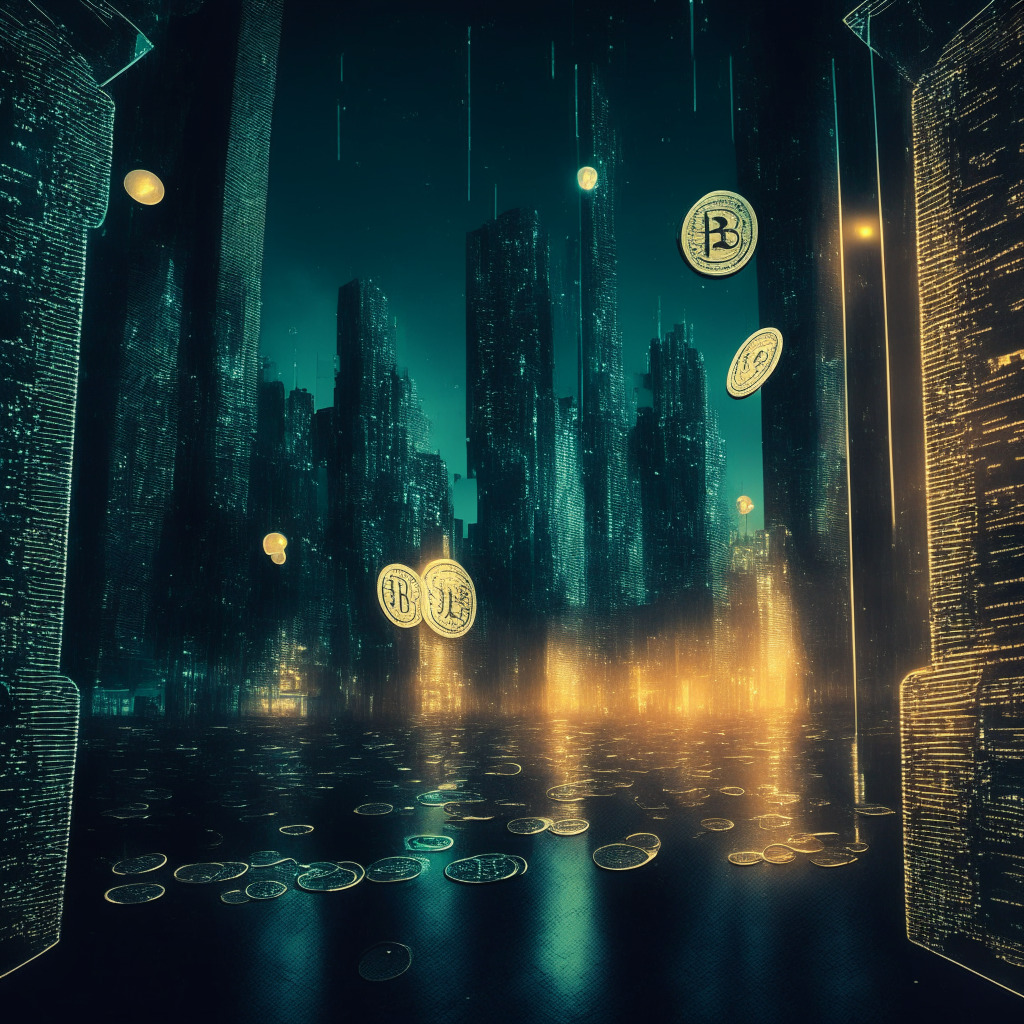On Sunday night, a fortunate miner reaped the benefits of 6.701 bitcoin (BTC) or nearly $200,000 in transaction fees, surpassing Bitcoin’s current block subsidy of 6.25 BTC. This unusual event demonstrates the impact of the recent surge in blockchain activity related to the Ordinals protocol, leading to skyrocketing costs for users.
Late in 2021, Ordinals introduced “inscriptions,” allowing content like text or images to be added to sequentially numbered satoshis or “sats,” producing unique non-fungible tokens (NFTs). Now, Ordinals is used for minting BRC-20s, which are essentially fungible tokens. Although these new tokens have gained immense popularity, they come at a significant price, congesting the Bitcoin network and pushing it to its operational limits. This situation tests how the world’s first and largest blockchain might handle rapid scaling.
As a result, coin transaction fees and waiting times are surging. Some users and exchanges, including the Lightning Network, are considering alternative solutions. The Lightning Network, a “layer 2” scaling solution, aims to make Bitcoin transactions faster and more affordable.
Anita Posch, a Bitcoin educator and founder of Bitcoin for Fairness, raised concerns about these escalating fees, particularly their effect on users in Africa who lack the financial privilege to afford high fees and rely heavily on BTC.
The cause of the frenzy is the ability to mint considerable quantities of tokens via a non-fungible protocol through BRC-20s inscriptions of JSON data. Recent blocks have been filled with BRC-20 transactions, with fees reaching $20 per transaction, an astonishing 800% increase from the previous $1-2 fees in 2022. This spike in fees has not gone unnoticed, as Binance temporarily halted Bitcoin withdrawals due to incorrect fee estimations, causing frustration and stress to users who depend on Bitcoin for daily payments.
To address this issue, the Lightning Network has emerged as a potential resolution for users who rely on base layer payments. Binance has confirmed its efforts to integrate Lightning in response to the spike in Bitcoin fees. However, even Lightning requires an initial on-chain transaction to establish a payment channel, which might still be prohibitively expensive for many users.
There is growing concern that this situation is actively “breaking” Bitcoin. While some argue that hackers are having fun testing the limits of Bitcoin, others suggest, without evidence, that the BRC-20 phenomenon represents a coordinated attack on the dominant blockchain. Regardless of motive, the situation underscores the necessity to develop effective solutions in order to maintain the integrity of blockchain technology and support its sustainable growth.
Source: Coindesk




